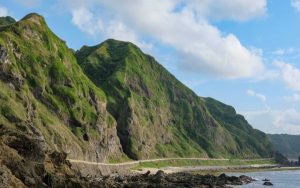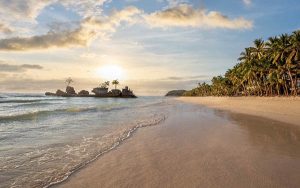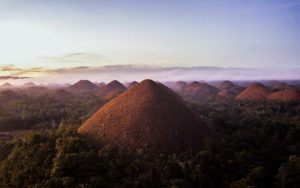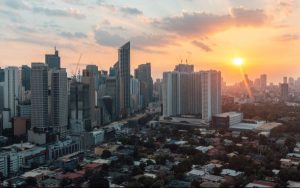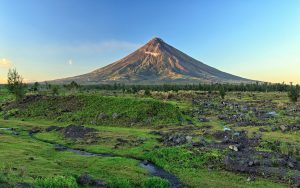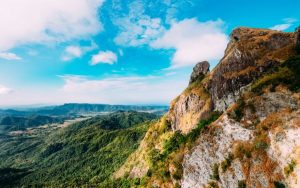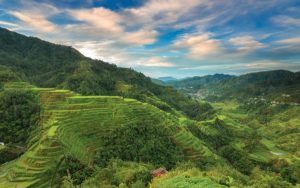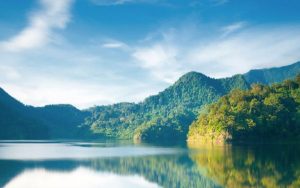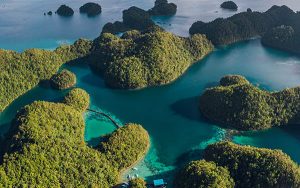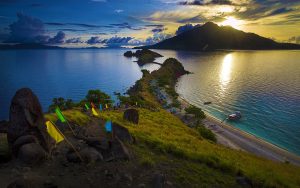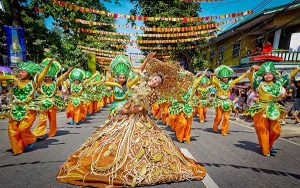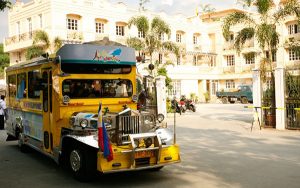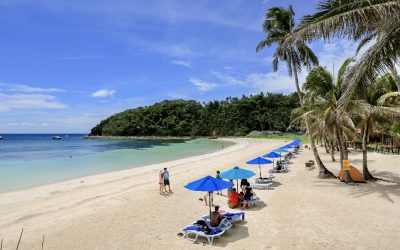A guide to the best things to do in Sagada, Philippines
HOW TO GET TO SAGADA
Sagada is a small village located in the Cordillera Mountains. Surrounded by remote terraced farmland, the highest mountains in the Philippines and an extensive underground cave network, it’s an adventure destination and a unique cultural experience.
Located in the centre of Luzon, the largest island of the Philippines, with no rail connections, Sagada is a slow and twisty bus ride from Manilla.
DIRECT BUS ROUTE
The direct bus from Manilla to Sagada is run by Coda Bus Lines. Buses leave between 9pm and 10pm arriving at Sagada between 8am and 9am. Expect to pay around $20USD for a one-way ticket.
VIA BAGUIO
Victory Liner runs a bus service from Manilla to Baguio. The trip takes around 6 hours and 30 minutes, and departures run between 10am through to 3pm, arriving at Baguio between 4:30pm and 9:30pm. Once in Baguio, take a taxi to Dangwa Station to get the GL Trains Bus to Sagada, which will take between 5 to 6 hours.
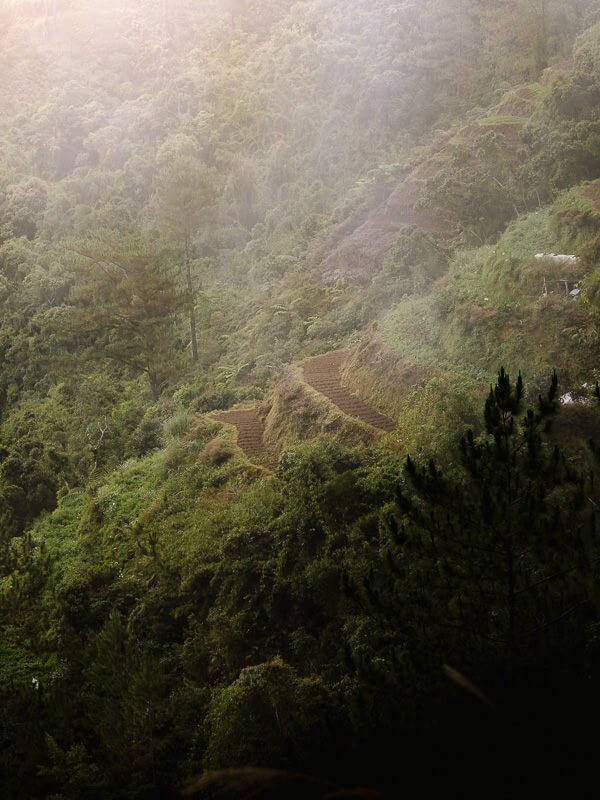
THE INDIGENOUS TRIBES OF SAGADA
The indigenous people of the Cordillera Mountains are referred to as the Igorot, however there are 11 different ethnolinguistic groups making up a population of around 1.5 million.
After the Spanish arrived in the Philippines in the 16th century, they sent missionaries to convert the indigenous population to Christianity. However, due to the diverse array of ethnic tribes in the highlands and the remote location, Spanish colonialism was not able to fully take hold.
Nonetheless, each of the colonial eras, the Spanish, American and Japanese have shaped the culture in the area in many ways.
Since Christian missionaries began converting the indigenous population at the turn of the 20th century, most people in Sagada are now Christian. However, the distinctive native religions of the area still shape many of the customs practised today; the most notable of which is the hanging coffins of Sagada.




